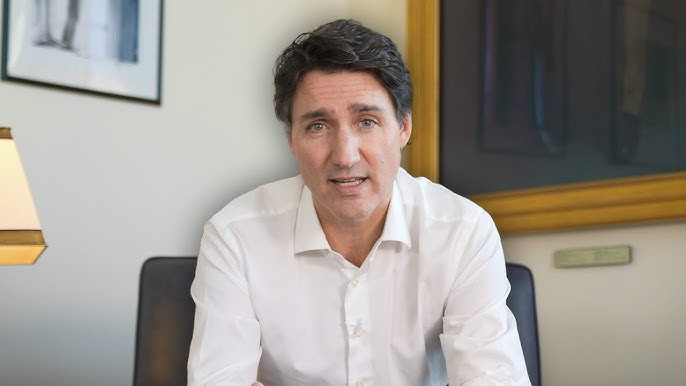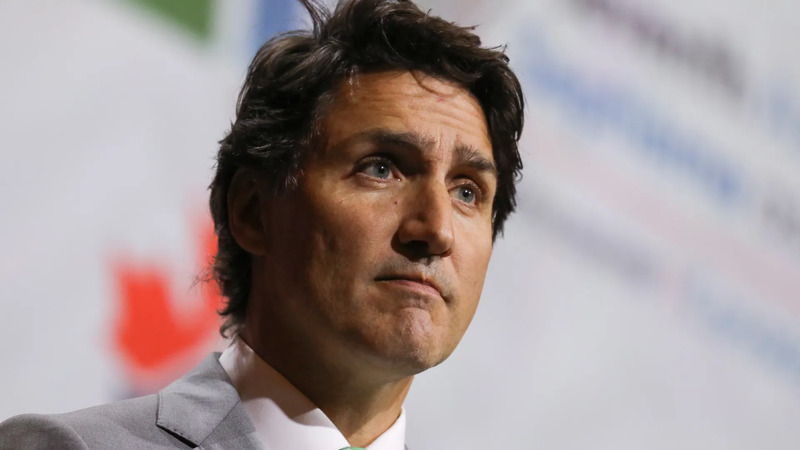Trudeau Unveils Reasons Behind Changes to Canada's Immigration Policy

You can watch the full video here: https://www.youtube.com/watch?v=vOB7-dbYuCc
In a recent discourse, Prime Minister Justin Trudeau recognized that the swift escalation of Canada's populace in the past couple of years has given rise to misuse by certain bodies, including deceitful academic establishments and large-scale businesses. Consequently, the government is introducing substantial modifications to the immigration framework, incorporating a decrease in immigrant numbers for the forthcoming three years.
Trudeau underscored the importance of equilibrating permanent and provisional immigration. In the past, Canada's immigration strategies were predominantly inclined towards permanent inhabitants, with temporary residents - for instance, overseas students and temporary employees - were allowed entry based on economic requirements. The post-pandemic swell in foreign temporary workers underscored the imperative of incorporating them in extended immigration strategies.
The revised immigration blueprint outlines targets for both permanent and temporary inhabitants, intending to offer a complete depiction of incoming persons to enhance preparation for housing and infrastructure. This methodology entails dialogue with provinces, territories, commercial enterprises, and economic specialists to ascertain workforce requisites and demographic tendencies.
Although the arrival of temporary workers facilitated economic recovery and circumvented recession, it also resulted in misuse by some businesses and educational institutions. In addressing these challenges, the government is curtailing immigration figures and spotlighting permanent residents equipped with vital skills, such as those in healthcare and construction sectors. Temporary residents currently in Canada have the option to apply for permanent residency or return to their home countries upon visa expiry.
The objective of this strategy is to stabilize population growth, enable economic and community adjustments, and assure that infrastructure and services can cater to the needs of native Canadians and newcomers alike.

The plan under consideration has been carefully crafted with the aim of steadying population expansion.
The scheme's mission is dual-faceted. On one hand, it strives to provide the Canadian economy and local communities with sufficient time to adjust to the evolving demographic landscape.
On the other hand, it aspires to guarantee that the infrastructure and crucial services are appropriately ready to meet the demands of both current Canadian inhabitants and incoming immigrants.
The overarching objective of this strategy is to achieve a harmonious equilibrium between population increase and resources, thereby ensuring the sustainable growth of Canada's socio-economic framework.
 Author: Azadeh Haidari-Garmash, RCIC
Author: Azadeh Haidari-Garmash, RCIC
